The Best of Ngari You Can Experience
- Eric
- Last Updated : 05/21/2025
Ngari is a mysterious and beautiful place in Tibet, and also the ancestor of mountains and the origin of rivers. It’s famous for its great attractions like Mt.Kailash, Lake Manasarovar, and the Guge Kingdom. Nagari lies in the highest area of the Tibetan Plateau, its peculiar plateau feature attracts countless explorers to conquer. Lake Manasarovar and Mt.Kailash are known as the holiest lake and the most sacred mountain, respectively. They are shrines to the Tibetans who believe both of them are the center of the world.
A trip along the pilgrimage road around the holy Kailash is both the toughest challenge and the holiest journey. Lake Manasarovar possesses the purest water in the world, and the disappearance of the Guge kingdom has left us with one of the biggest mysteries of human history. All of these are in the magic of Ngari, a hard-to-reach area, but the most popular destination in Tibet.
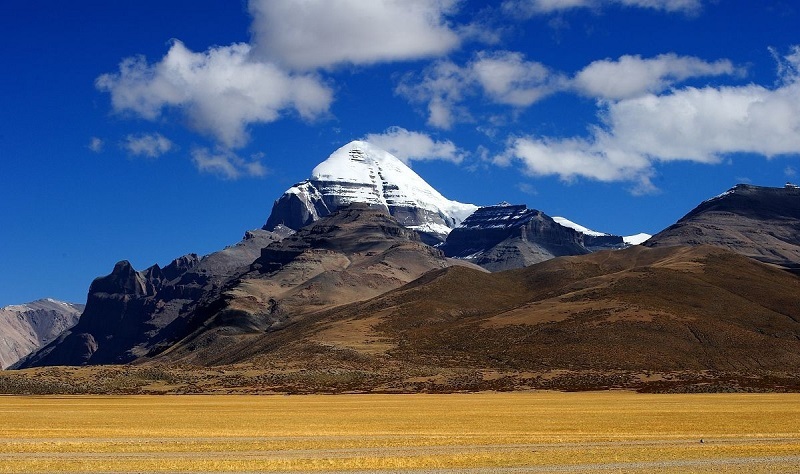
Things to Do
The charm of Ngari exists in magnificent natural landscapes, sacred religious spots, remains of lost civilizations, and the most primitive scenery and ecological environment...
1. Make a Kora Circuit around Mt.Kailash
Mt.Kailash is a holy mountain recognized by the world. Also, it’s considered to be the center of the world in the traditions of Hinduism, Tibetan Buddhism, Bonpo, and Jainism. Kailash is not the highest peak in this area but a unique one. With the shape of a pyramid, the holy mountain is distinct from all the other mountains there, and only its perennially snow-covered mountaintop could shine in the sunshine.
According to legend, making a kora circuit around this holy mountain, which is the symbol of pureness and mercy, could take away sins. Anyone who comes to Ngari would wish to complete Mt.Kailash Kora to experience its majesty and mystery. There are two kinds of kora, outer kora and inner kora. Generally speaking, you can only have the inner kora after 13 rounds of the outer kora. There's a very awesome spot in the inner kora - Thirteen Golden Stupas, which is the most difficult place to reach and the most shocking landscape of the inner kora. In Tibet, "Thirteen" represents the consummation of merit and virtue.
2. Enjoy The Beautiful Views of Lake Manasarovar
In Indian mythology, Manasarovar was formed by the great god Brahma with his mind, because his son needed a place to bathe after asceticism on the sacred mountain. Therefore, Hindus usually bathe in the lake on the way to Mount Kailash.
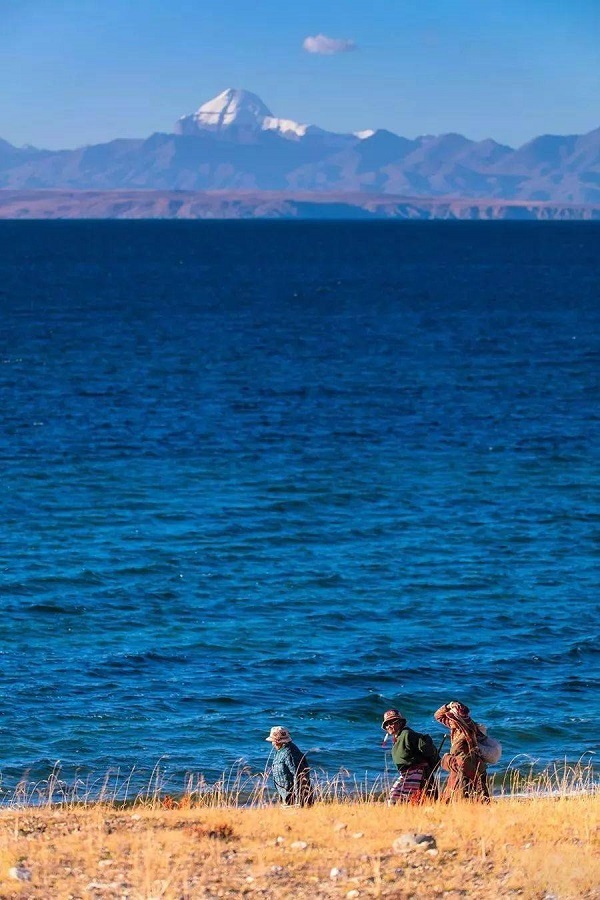
As a holy lake in the tradition of many religions, Lake Manasarovar is one of the most famous lakes in Asia and around the world. It lies to the southeast of Mt.Kailash, at a distance of 30 km. With a large area, the lake is filled with clear and beautiful water. It’s said that there are treasures lying at the bottom of the lake.
As the king of the holy lakes, Manasarovar is not only of extraordinary significance to the pilgrims but also an unmissable place for the tourists who come there on a Tibet tour. It’s a place where visitors can immerse themselves in its otherworldly, beautiful scenery.
The water in Manasarovar is described to look like pearls in many books and scriptures. It’s believed to have the power to wash away the sins of hundreds of past lives. Almost every Tibetan says the water is sweet. If you join a Mount Kailash tour package, you could drink some water in the holy lake, this could be an excellent experience.
3. Appreciate Zanda Earth Forests and Guge Kingdom
Zada Earth Fores is located between the Gangdise and the Himalayas. It's undoubtedly a geological wonder on the Tibetan Plateau, especially in the twilight. From a distance, the eyes are full of splendor, and when the sun disappears in the mountains, the dazzling golden yellow turns into a faint blue. The lonely land adds a lot of mystery. On the eroded landform densely covered with earth, stands the ruins of the Guge Kingdom. The capital of the Guge Kingdom was once very prosperous in history. It can be seen from this site alone. The site has more than 300 houses, more than 300 caves, and several pagodas and temples more than 10 meters high; the historical and cultural atmosphere is very strong. The entire capital is built on the mountain, with a magnificent momentum, which is of great significance to the study of Tibetan history.
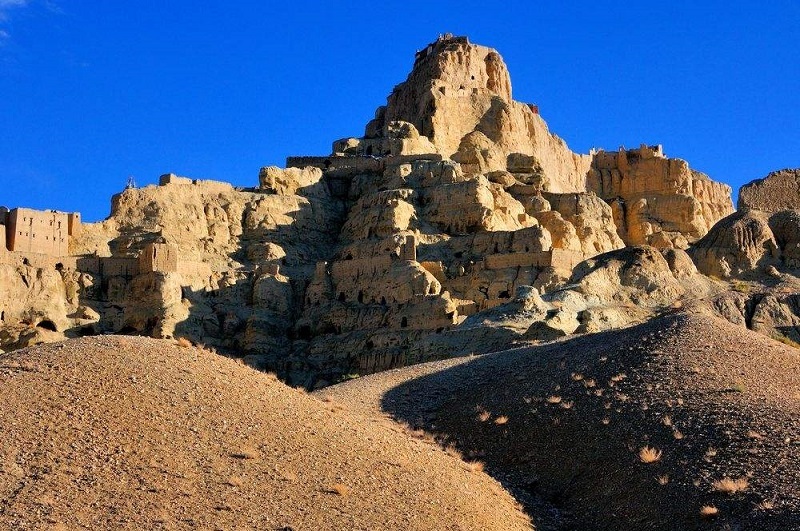
4. Explore The Old Capital of Zhangzhung - Khyung Lung Dngul Mkhar
The site is located in the Zanda Earth Forest, on the top of Kardong Mountain at an altitude of 4,400 meters, near Guge Kingdom. Khyung Lung Dngul Mkhar means the silver castle where the roc lived. It has a history of nearly 4,000 years. It may be the birthplace of Asian civilization, and also the birthplace of Bonism, a traditional Tibetan religion. It was also the center of the glorious ancient Zhang Zhung Kingdom. The ancient Zhang Zhung Kingdom reached its peak in the 7th century, with a population of no less than 10 million. The Zhang Zhung civilization developed with the spread of "Bon religion" as the main line and now it's regarded as the origin of Tibetan culture. Khyung Lung Dngul Mkhar carried this glorious age. Later, Tubo gradually rose in the Tibetan Plateau. By the 8th century A.D., the ancient state of Zhang Zhung was completely conquered. Since then, the Zhang Zhung culture has gradually disappeared. Now you can only see the ruins.
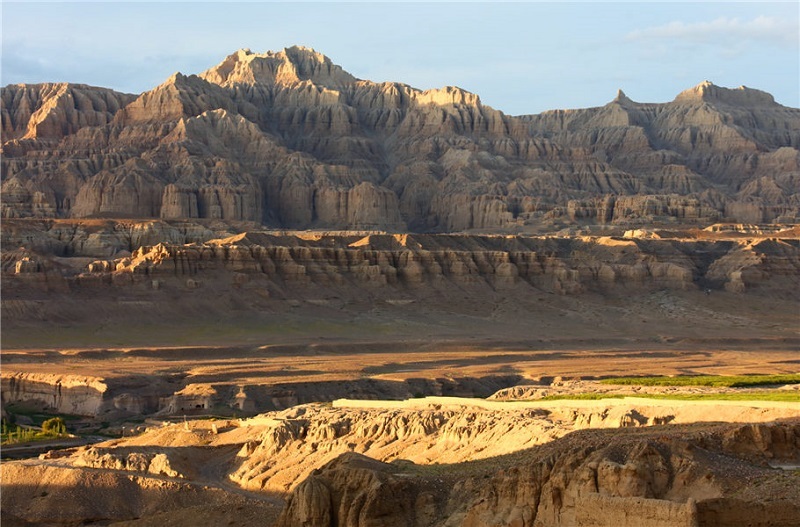
5. Admire Goddess Peak - Namunani
Namunani means the mountain of the goddess in Tibetan. At an altitude of 7,694 meters, it is located in the western part of the Himalayas, on the south bank of the holy lake Manasarovar, facing the sacred mountain Kailash at an altitude of 6,638 meters. Namunani Peak covers an area of about 200 square kilometers and mainly has 6 ridges. There are dozens of peaks over 6,000 meters. The ridges in the west are arranged in a fan shape from north to south, and the only ridge in the east has been eroded into a blade ridge, which is very steep, forming a cliff with a height difference of nearly 2,000 meters.
Looking at Namunani Peak from the foot of Mount Kailash, the stretching mountain is like an outstretched arm holding the famous "holy lake" Manasarovar and "ghost lake" Rakshastal in its arms, which is extremely beautiful.
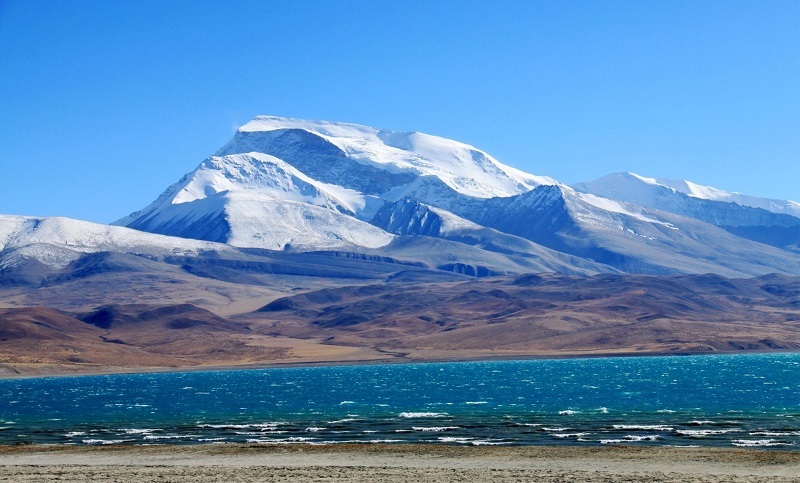
Best Time to Visit Ngari
The best time to start a journey in Ngari is from May to October, especially from mid-June to mid-September, with the most moderate temperature in Ngari.
The average annual temperature there is about -6℃ ~ 9℃ and the elevation of most places in Ngari is over 4,500 meters. And the temperature varies greatly between day and night. Even in summer, you need to bring your heavy clothes because the temperature at night could go below zero. July to August is the rainy season in Tibet. The advantage at that time is that the vegetation is lush, the air has higher oxygen content, and the air is not so dry, but the disadvantage is that the Mt.Kailash kora path might be muddy and difficult to navigate, which may bring the tourists some inconvenience.
Conclusion
Ngari is more than a destination—it’s a journey into Tibet’s sacred heart. From circling Mount Kailash to witnessing the purity of Lake Manasarovar and exploring ancient ruins, it offers unmatched natural beauty and spiritual depth. Though remote, Ngari rewards travelers with an unforgettable and deeply meaningful experience.
Email response within 0.5~24 hours.



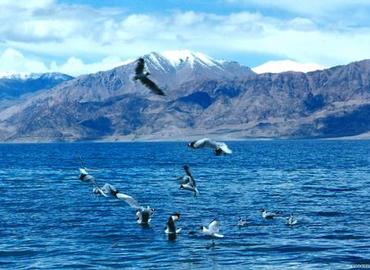
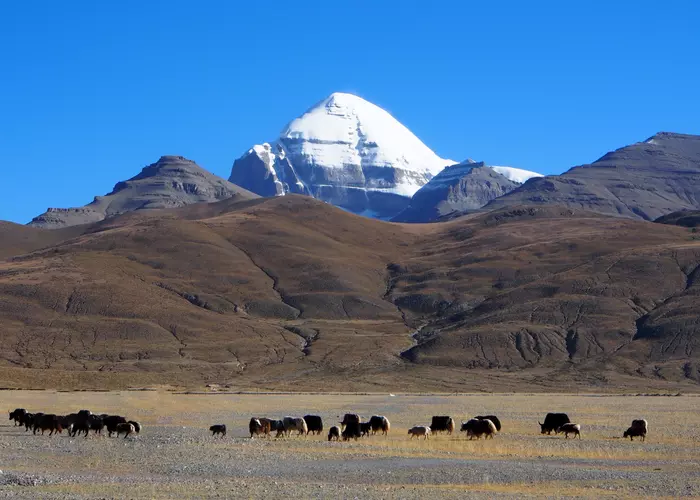
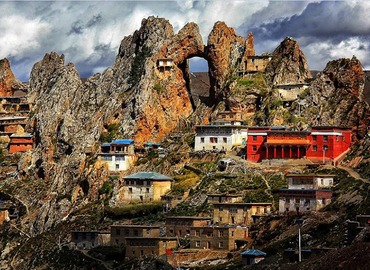
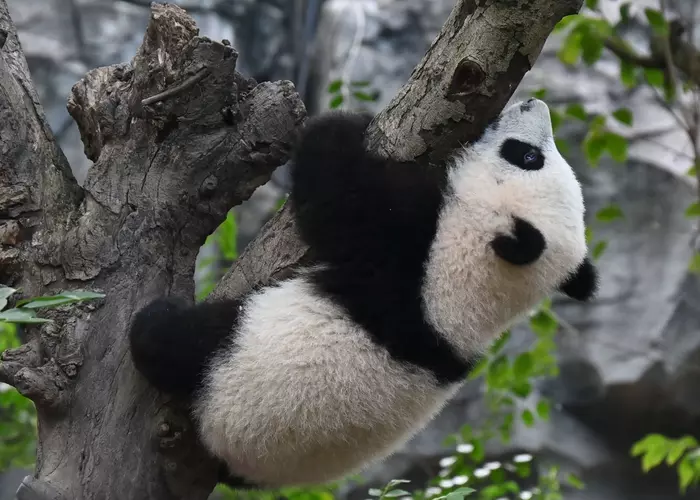

Typically Asked Questions from Our Clients
Asked by Huiy***
You are one of the best travel Agencies. I am interested in the Yarlung Zangbo Grand Canyon.
16 days of Tibet North tour, or call it Ali tour.
Dear Huiy****,
We can arrange the Tibet North tour for you. I will answer your questions one by one.
1. The Yarlung Zangbo Grand Canyon is closed to foreign travelers. You can see the Yarlung Zangbo River along the way.
2. As for the Ali tour, we mainly have 3 tours. I will list the itinerary, please let me know your idea.